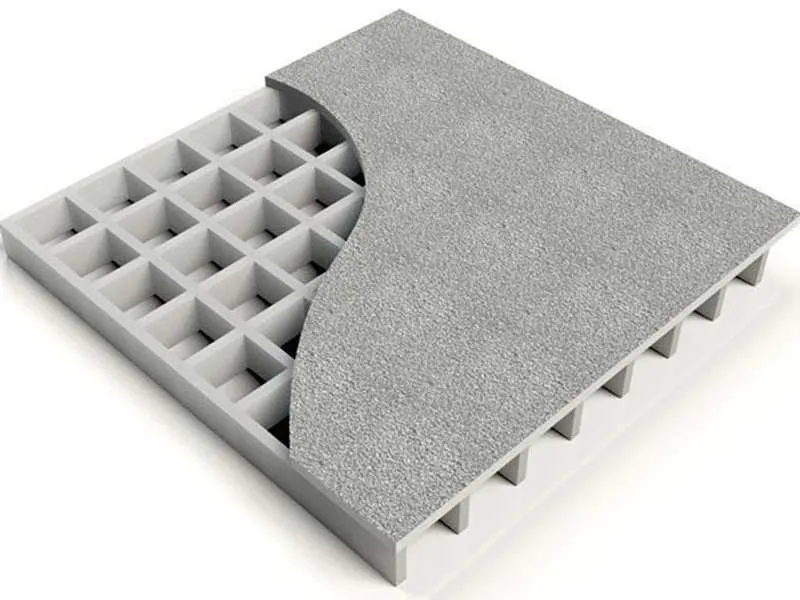
-
 Afrikaans
Afrikaans -
 Albanian
Albanian -
 Amharic
Amharic -
 Arabic
Arabic -
 Armenian
Armenian -
 Azerbaijani
Azerbaijani -
 Basque
Basque -
 Belarusian
Belarusian -
 Bengali
Bengali -
 Bosnian
Bosnian -
 Bulgarian
Bulgarian -
 Catalan
Catalan -
 Cebuano
Cebuano -
 China
China -
 China (Taiwan)
China (Taiwan) -
 Corsican
Corsican -
 Croatian
Croatian -
 Czech
Czech -
 Danish
Danish -
 Dutch
Dutch -
 English
English -
 Esperanto
Esperanto -
 Estonian
Estonian -
 Finnish
Finnish -
 French
French -
 Frisian
Frisian -
 Galician
Galician -
 Georgian
Georgian -
 German
German -
 Greek
Greek -
 Gujarati
Gujarati -
 Haitian Creole
Haitian Creole -
 hausa
hausa -
 hawaiian
hawaiian -
 Hebrew
Hebrew -
 Hindi
Hindi -
 Miao
Miao -
 Hungarian
Hungarian -
 Icelandic
Icelandic -
 igbo
igbo -
 Indonesian
Indonesian -
 irish
irish -
 Italian
Italian -
 Japanese
Japanese -
 Javanese
Javanese -
 Kannada
Kannada -
 kazakh
kazakh -
 Khmer
Khmer -
 Rwandese
Rwandese -
 Korean
Korean -
 Kurdish
Kurdish -
 Kyrgyz
Kyrgyz -
 Lao
Lao -
 Latin
Latin -
 Latvian
Latvian -
 Lithuanian
Lithuanian -
 Luxembourgish
Luxembourgish -
 Macedonian
Macedonian -
 Malgashi
Malgashi -
 Malay
Malay -
 Malayalam
Malayalam -
 Maltese
Maltese -
 Maori
Maori -
 Marathi
Marathi -
 Mongolian
Mongolian -
 Myanmar
Myanmar -
 Nepali
Nepali -
 Norwegian
Norwegian -
 Norwegian
Norwegian -
 Occitan
Occitan -
 Pashto
Pashto -
 Persian
Persian -
 Polish
Polish -
 Portuguese
Portuguese -
 Punjabi
Punjabi -
 Romanian
Romanian -
 Russian
Russian -
 Samoan
Samoan -
 Scottish Gaelic
Scottish Gaelic -
 Serbian
Serbian -
 Sesotho
Sesotho -
 Shona
Shona -
 Sindhi
Sindhi -
 Sinhala
Sinhala -
 Slovak
Slovak -
 Slovenian
Slovenian -
 Somali
Somali -
 Spanish
Spanish -
 Sundanese
Sundanese -
 Swahili
Swahili -
 Swedish
Swedish -
 Tagalog
Tagalog -
 Tajik
Tajik -
 Tamil
Tamil -
 Tatar
Tatar -
 Telugu
Telugu -
 Thai
Thai -
 Turkish
Turkish -
 Turkmen
Turkmen -
 Ukrainian
Ukrainian -
 Urdu
Urdu -
 Uighur
Uighur -
 Uzbek
Uzbek -
 Vietnamese
Vietnamese -
 Welsh
Welsh -
 Bantu
Bantu -
 Yiddish
Yiddish -
 Yoruba
Yoruba -
 Zulu
Zulu
frp underground tank
Understanding FRP Underground Tanks Benefits and Applications
Fiber-Reinforced Plastic (FRP) underground tanks are increasingly becoming a popular choice for various applications, especially in industries such as petroleum storage, water treatment, and chemical processing. These tanks are made from a composite material that combines plastic with fibers—usually glass or carbon—creating a product that is both lightweight and extremely durable. In this article, we’ll explore the key benefits and applications of FRP underground tanks.
Advantages of FRP Underground Tanks
1. Corrosion Resistance One of the most significant advantages of FRP tanks is their resistance to corrosion. Unlike traditional materials like steel or concrete, FRP does not rust or corrode when exposed to harsh chemicals or environmental conditions. This property makes them ideal for storing corrosive substances, reducing the frequency of maintenance and replacement.
2. Lightweight and Easy to Install FRP tanks are significantly lighter than their steel counterparts. This reduced weight simplifies the installation process, as they require less structural support and can be transported more easily. The lighter nature also allows for reduced excavation and backfill work, further decreasing overall project costs.
3. Durability and Longevity The composite construction of FRP tanks provides exceptional durability. These tanks can withstand a wide range of temperatures and pressures, making them suitable for diverse applications. Their long lifespan translates to lower lifetime costs, as there is less need for replacement or repairs over time.
4. Customizability FRP tanks can be molded into various shapes and sizes, allowing for customization according to the specific needs of a project. This flexibility is particularly beneficial in industries where space is limited or specific storage requirements must be met.
5. Safety The design of FRP tanks often incorporates secondary containment systems, further enhancing safety. In the event of a leak, the tank is designed to prevent environmental contamination, which is critical in industries dealing with hazardous materials.
frp underground tank

Applications of FRP Underground Tanks
FRP underground tanks have found applications across various sectors due to their versatility. Some of the common uses include
- Petroleum Storage The oil and gas industry utilizes FRP tanks for the underground storage of fuels and chemicals. Their resistance to corrosion and durability ensures that they can safely hold these substances without risk of contamination.
- Wastewater Treatment In the water treatment sector, FRP tanks are employed for storing and treating wastewater. Their ability to resist chemical corrosion makes them ideal for handling treated and untreated waste.
- Chemical Storage Various industries dealing with chemicals benefit from FRP tanks. These tanks can safely store acids, bases, and other reactive substances without compromising their integrity.
- Rainwater Harvesting FRP tanks are also used for collecting and storing rainwater. Their resistance to algae growth and other contaminants ensures that stored water remains clean for agricultural or decorative use.
Conclusion
In conclusion, FRP underground tanks provide a multitude of benefits that make them an excellent choice for various storage applications. Their resistance to corrosion, lightweight nature, durability, and safety features all contribute to their growing popularity. As industries continue to seek more sustainable and efficient solutions, FRP tanks are poised to play a crucial role in the future of storage technology. Whether in petroleum, chemical, or water management sectors, the advantages of FRP underground tanks make them a sound investment for any organization looking to optimize storage solutions.
Latest news
-
Exploring the Benefits of Top Hammer Drifter Rods for Enhanced Drilling PerformanceNewsJun.10,2025
-
High-Precision Fiberglass Winding Machine for GRP/FRP Pipe Production – Reliable & Efficient SolutionsNewsJun.10,2025
-
FRP Pipes & Fittings for Shipbuilding - Corrosion-Resistant & LightweightNewsJun.09,2025
-
Premium FRP Flooring Solutions Durable & Slip-ResistantNewsJun.09,2025
-
Premium Fiberglass Rectangular Tanks Durable & Lightweight SolutionNewsJun.09,2025
-
Tapered Drill String Design Guide Durable Performance & UsesNewsJun.09,2025









